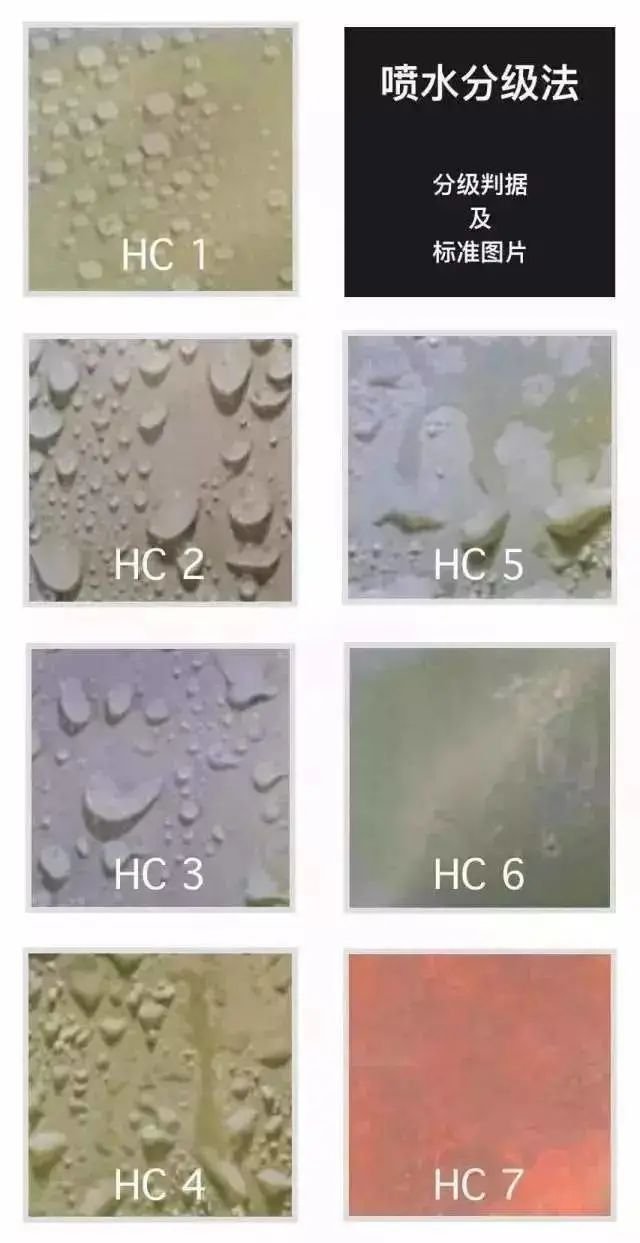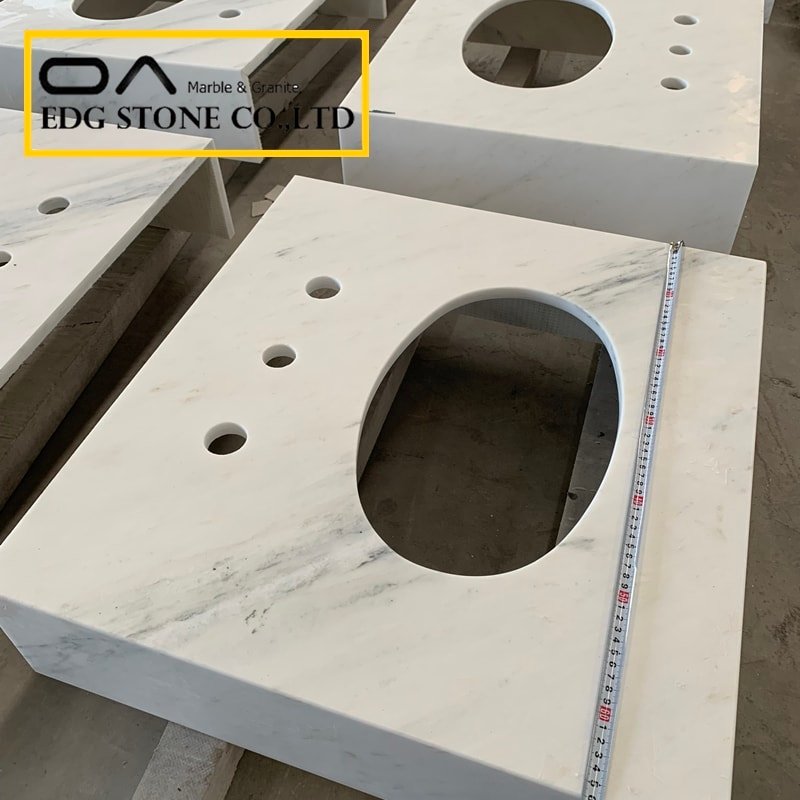There are three technical parameters closely related to our stone waterproofing: hydrophobicity, water absorption, and moisture content.
Let’s take a look at the following four water droplet graphics:

θ=142o↑

θ=132o↑

θ=84o↑

θ=76o↑
You will notice that the θ value changes all the time.
It can be clearly seen that the shape of the four water droplets is different θ, so what do they represent?

The larger the angle of θ, the more you hate water; The smaller the angle of θ, the more you like water, and from the perspective of water droplets, you can clearly judge the material’s liking and dislike of water.

Water spray grading method ↑
The above illustration of the water spray grading method shows that the shape of water droplets is divided into seven levels:
HC ” 1 ” represents a large angle of θ, and the closer the HC ” 7 ” θ pair, the smaller the angle. The seven grades of HC are described in the table.
Water aversion:
The larger the θ angle of the water droplet, the higher the hydrophobicity.
Water Love:
The smaller the θ angle of the water droplet, the stronger the hydrophilicity.
The more hydrophobic:
The better the waterproofness, the better the physique that is not affected by water.
Good hydrophilicity:
Poor water resistance and weak physique.
Water absorption and hydrophobicity are two sides of the same coin:
The higher the water absorption rate of the stone, the more susceptible it is to pollution and lesions, and the higher the requirements for protection, and vice versa, it is resistant to pollution and is not prone to lesions.
According to the water absorption rate, the stone is divided into three grades:
Low water absorption stone: water absorption rate 0.01%~0.09%
Medium water absorption rate stone: water absorption rate 0.1%~0.5%
High water absorption stone: water absorption rate 0.51%~2% or higher
Commonly used natural stone water absorption




